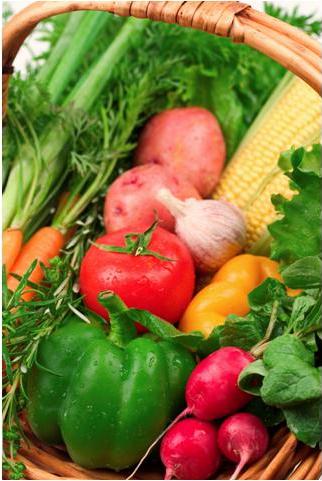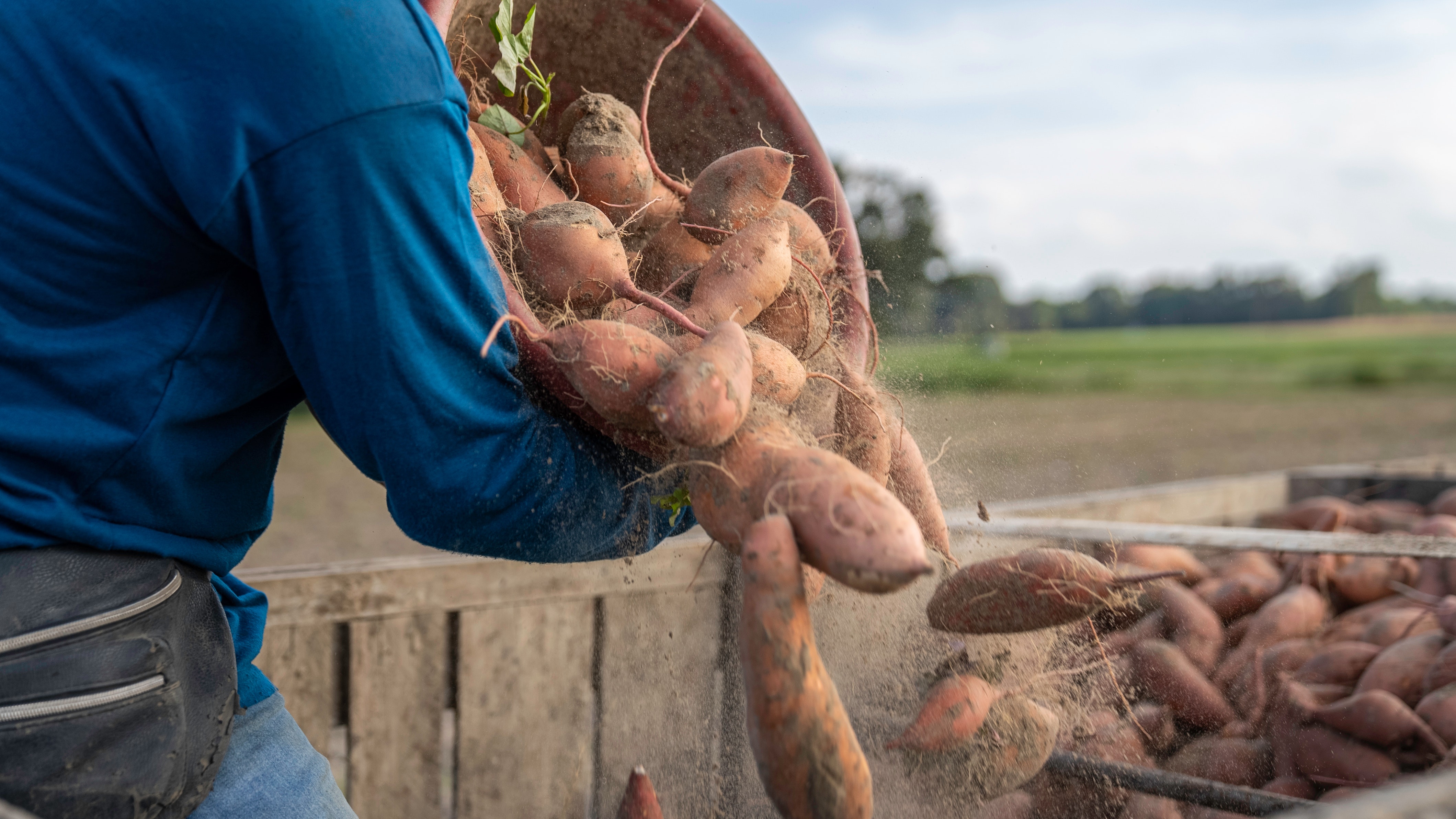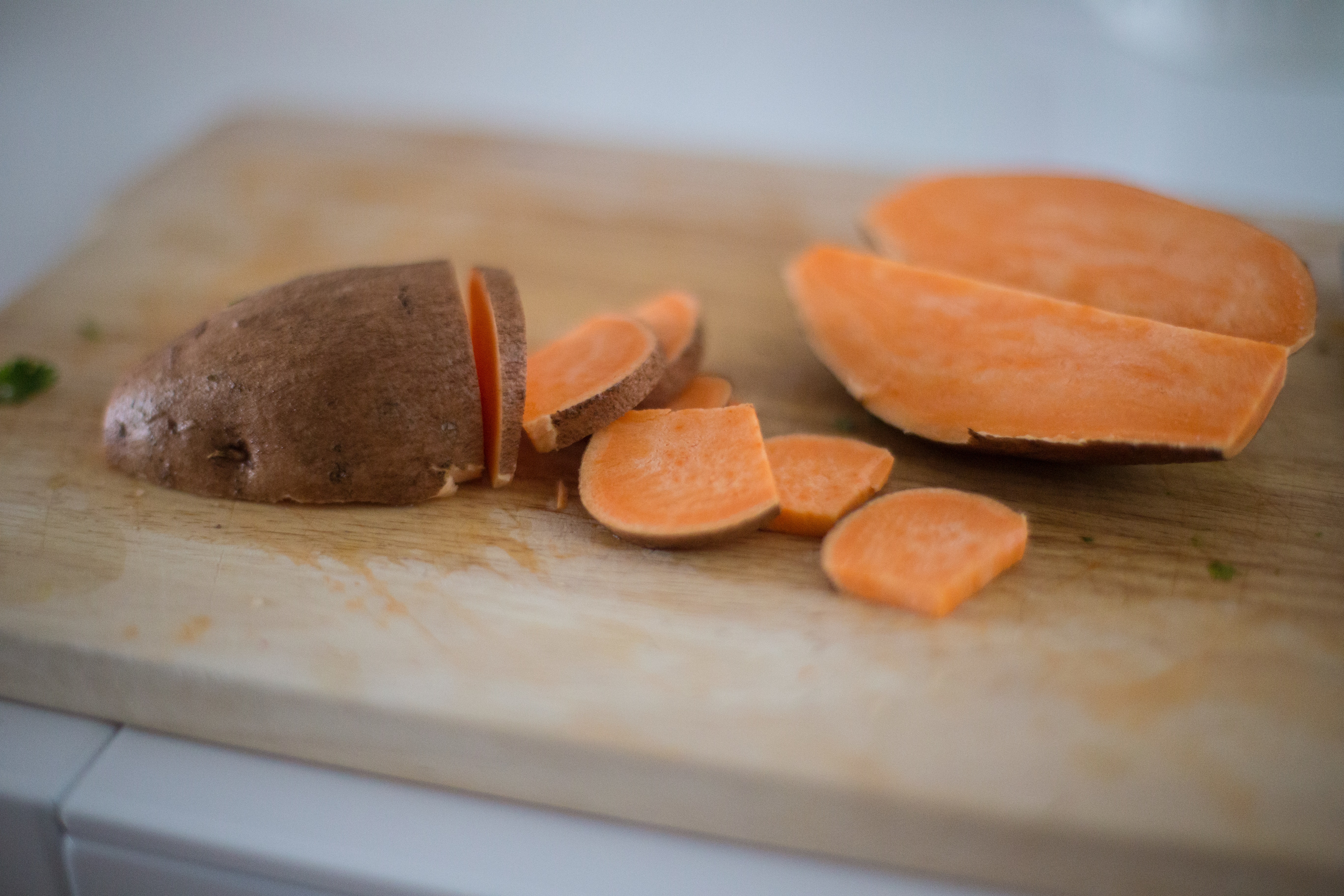Growing Up With Fruits and Vegetables
go.ncsu.edu/readext?855787
en Español / em Português
El inglés es el idioma de control de esta página. En la medida en que haya algún conflicto entre la traducción al inglés y la traducción, el inglés prevalece.
Al hacer clic en el enlace de traducción se activa un servicio de traducción gratuito para convertir la página al español. Al igual que con cualquier traducción por Internet, la conversión no es sensible al contexto y puede que no traduzca el texto en su significado original. NC State Extension no garantiza la exactitud del texto traducido. Por favor, tenga en cuenta que algunas aplicaciones y/o servicios pueden no funcionar como se espera cuando se traducen.
Português
Inglês é o idioma de controle desta página. Na medida que haja algum conflito entre o texto original em Inglês e a tradução, o Inglês prevalece.
Ao clicar no link de tradução, um serviço gratuito de tradução será ativado para converter a página para o Português. Como em qualquer tradução pela internet, a conversão não é sensivel ao contexto e pode não ocorrer a tradução para o significado orginal. O serviço de Extensão da Carolina do Norte (NC State Extension) não garante a exatidão do texto traduzido. Por favor, observe que algumas funções ou serviços podem não funcionar como esperado após a tradução.
English
English is the controlling language of this page. To the extent there is any conflict between the English text and the translation, English controls.
Clicking on the translation link activates a free translation service to convert the page to Spanish. As with any Internet translation, the conversion is not context-sensitive and may not translate the text to its original meaning. NC State Extension does not guarantee the accuracy of the translated text. Please note that some applications and/or services may not function as expected when translated.
Collapse ▲ I was raised in the piedmont of North Carolina and was always surrounded with many varieties of fruits and vegetables. Most gardens in that area produced cabbage, tomatoes, summer squash, new potatoes, green beans, lima beans, field peas, bell peppers, cucumbers, collards, mustard and turnip greens, turnips and rutabagas. Then there were the fruits, my absolute favorite food group. We had a bounty of strawberries, blueberries, watermelon, cantaloupe, pears, blackberries and peaches. My family would get fruits and vegetables from a neighbor or grow them ourselves. Now that I live in the mountains of North Carolina I find that I can grow or get most of the same fruits and vegetables I grew up knowing, with the exception of field peas and lima beans. I do, however, enjoy more pumpkins and other winter squash, apples, berries, lettuce, and broccoli. I learned how to freeze, can, and preserve many of these fruits and vegetables. I cannot begin to tell you how beneficial that skill is for me to this day. I save so much money on groceries and have local produce all year round at my fingertips.
I was raised in the piedmont of North Carolina and was always surrounded with many varieties of fruits and vegetables. Most gardens in that area produced cabbage, tomatoes, summer squash, new potatoes, green beans, lima beans, field peas, bell peppers, cucumbers, collards, mustard and turnip greens, turnips and rutabagas. Then there were the fruits, my absolute favorite food group. We had a bounty of strawberries, blueberries, watermelon, cantaloupe, pears, blackberries and peaches. My family would get fruits and vegetables from a neighbor or grow them ourselves. Now that I live in the mountains of North Carolina I find that I can grow or get most of the same fruits and vegetables I grew up knowing, with the exception of field peas and lima beans. I do, however, enjoy more pumpkins and other winter squash, apples, berries, lettuce, and broccoli. I learned how to freeze, can, and preserve many of these fruits and vegetables. I cannot begin to tell you how beneficial that skill is for me to this day. I save so much money on groceries and have local produce all year round at my fingertips.
I consider myself fortunate to have a family that has always believed eating fruits and vegetables is a major part of building and maintaining a healthy body throughout our lives. I was encouraged by my parents to try new foods, especially fruits and vegetables, prepared in many ways. I can see now that, because they were willing to try new foods, it helped me be more willing to give new foods a try. If I tried it and did not like it my parents would not make me eat it, but most of the time mama would try again later and use that fruit or vegetable in a different recipe. It is amazing how that worked! Thanks to the nutritional foundation my parents gave me, I have built up quite a collection of family favorite recipes using fruits and vegetables. Now that I am an educator for the Expanded Food and Nutrition Education Program – EFNEP – I have learned that fruits and vegetables offer me so many different nutrients which help me live a healthier life, and I love them even more! What a great, tasty way to stay fit.
 North Carolina is number one in the United States for growing sweet potatoes, so it is no surprise that I vividly remember growing up surrounded by fields of them. After the harvest, the farmers would allow us kids to roam the fields and pick up sweet potatoes that they didn’t harvest. We would come home with buckets full of misshaped, different sizes of sweet potatoes and, wouldn’t you know it, they taste just as good as the pretty ones with the same nutritional value! My grandmother and mom would store them in a cool dark place and the sweet potatoes would keep almost until the next year’s harvest.
North Carolina is number one in the United States for growing sweet potatoes, so it is no surprise that I vividly remember growing up surrounded by fields of them. After the harvest, the farmers would allow us kids to roam the fields and pick up sweet potatoes that they didn’t harvest. We would come home with buckets full of misshaped, different sizes of sweet potatoes and, wouldn’t you know it, they taste just as good as the pretty ones with the same nutritional value! My grandmother and mom would store them in a cool dark place and the sweet potatoes would keep almost until the next year’s harvest.
I have experimented with sweet potato biscuits, lower sugar sweet potato pies and casseroles but a plain baked sweet potato is still my favorite. Sometimes my grandmother would slice a baked sweet potato in rounds and fry it in a little oil. They were like candy. Sweet potatoes are naturally sweet but they are high in fiber, and an excellent source of vitamin A. They are also a great source of vitamin C, potassium and manganese. They are high in antioxidants that protect your body from free radical damage and chronic disease.
 How fortunate we are to live in a state with so many regions that allow us to grow many varieties of fruits and vegetables. Since variety is one key to a healthy diet and our choices are plentiful in locally grown produce, the sky’s the limit to get the nutrients we need. If you would like more information on ways to prepare delicious meals with fruits and vegetables and learn easy tips for planning, shopping, cooking and eating, please contact Rhonda Church from the Expanded Food and Nutrition Education Program, EFNEP at the Ashe County Cooperative Extension office at 336-846-5850. Classes are free for limited resource families with children in the home under the age of 19.
How fortunate we are to live in a state with so many regions that allow us to grow many varieties of fruits and vegetables. Since variety is one key to a healthy diet and our choices are plentiful in locally grown produce, the sky’s the limit to get the nutrients we need. If you would like more information on ways to prepare delicious meals with fruits and vegetables and learn easy tips for planning, shopping, cooking and eating, please contact Rhonda Church from the Expanded Food and Nutrition Education Program, EFNEP at the Ashe County Cooperative Extension office at 336-846-5850. Classes are free for limited resource families with children in the home under the age of 19.
To learn more about making the most of your produce check out the resources below:



